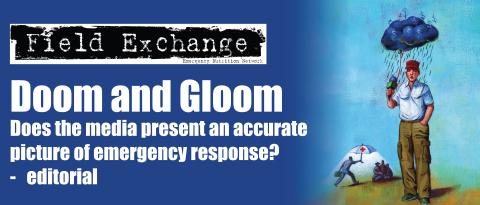WHO Growth Standards to assess Indonesian children < 2 years
Summary of published research1
A recent study set out to assess the implications of adopting the WHO Child Growth Standards to classify Indonesian children according to nutrition status. Data were obtained from two cross-sectional surveys in two districts in Indonesia in 1998. Children under two years of age were randomly selected using a two-stage cluster sampling. Z-scores for weight-for-length (WLZ), length-for-age (LAZ) and weight-for-age (WAZ) were calculated based on both the NCHS/WHO references and the WHO Child Growth Standards. Wasting, stunting, and underweight were defined as z-scores less than -2.
Drawing on a sample from a study on complementary feeding in two districts in Indonesia (Belu and Purworejo), 1,374 children under 2 years (including infants under 6 months of age) were included in the analysis. Of these, 693 (50.4%) were male and 681 (49.6%) were female. Almost all of the children had initiated breastfeeding and were still being breastfed when the data were collected. According to the WHO Child Growth Standards, the prevalence of wasting did not change with age, but the prevalence rates of stunting and underweight rose steadily with age. Although the contribution of wasting to the classification of underweight was relatively constant, the contribution of stunting increased as the children grew. The reason for the decline in LAZ is not easy to explain. Most of the children in the study lived under socioeconomic conditions unfavourable for optimal growth.
The authors concluded that the WHO Child Growth Standards are a better tool for assessing the nutritional status of Indonesian children than the NCHS/WHO references. However, low WAZ is not a suitable indicator for commencing an extra feeding programme, because it reflects stunting instead of wasting. The high prevalence of stunting indicates the need to perform preventive nutritional intervention beginning earlier in life, i.e. in utero.
1Julia. M (2009). Adoption of the WHO Child Growth Standards to classify Indonesian children under 2 years of age according to nutrition status: Stronger indication for nutritional intervention. Food and Nutrition Bulletin, vol 30, no 3, pp 254-259
Imported from FEX website


